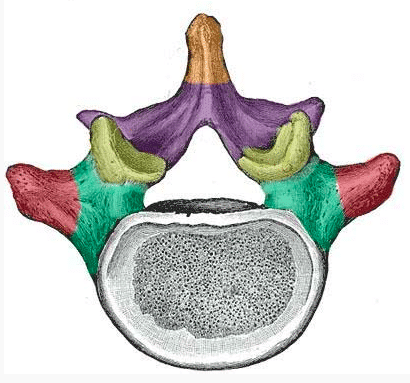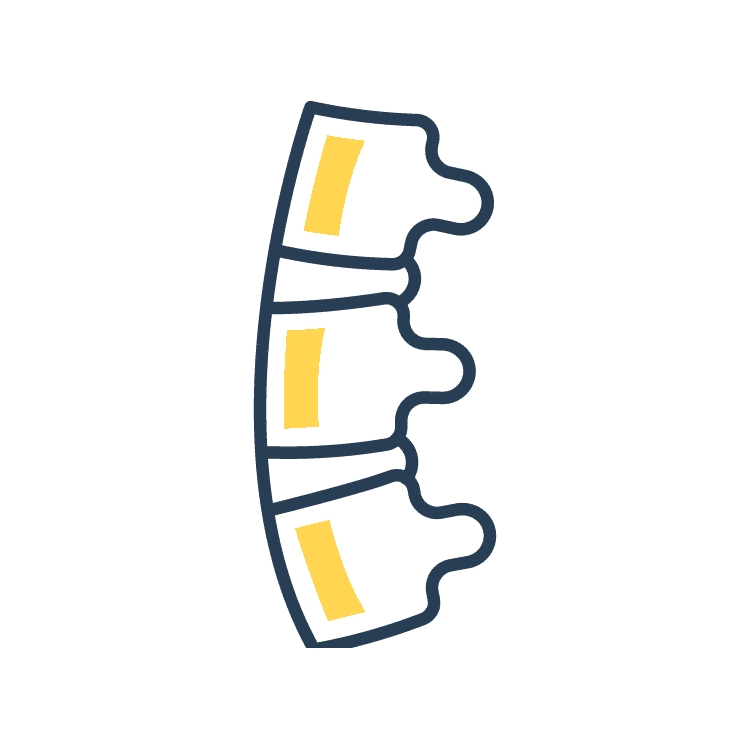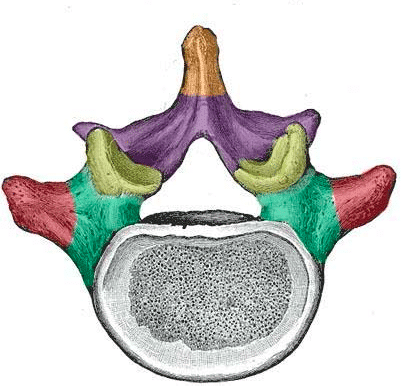- Core Concepts
- Peri-Operative Care
- Examinations
- General
- HPB
- Vascular
- Urology
- Orthopaedics
- Breast
- ENT
- Neurosurgery
- Plastics
- Cardiothoracics
- Transplant
- Consent
Spinal Surgery
The spinal cord is a tubular bundle of nervous tissue and supporting cells that extends from the brainstem to the lumbar vertebrae, and together with the brain forms the central nervous system. The spinal cord runs in the vertebral canal, with spinal nerves at each vertebral level passing out laterally through the intervertebral foramina.
As such, both spinal cord compression and cauda equina syndrome can have devastating effects on a patient’s outcome. Early recognition and investigation of suspected spinal pathology is essential to increase the likelihood of successful management.
Spinal tumours can be classified into intramedullary, extramedullary, and extradural, and further classified into either benign or malignant. They will present with varying clinical features, with pain the most common symptom (secondary to direct compression, vascular occlusion, or invasive infiltration of the cord).



